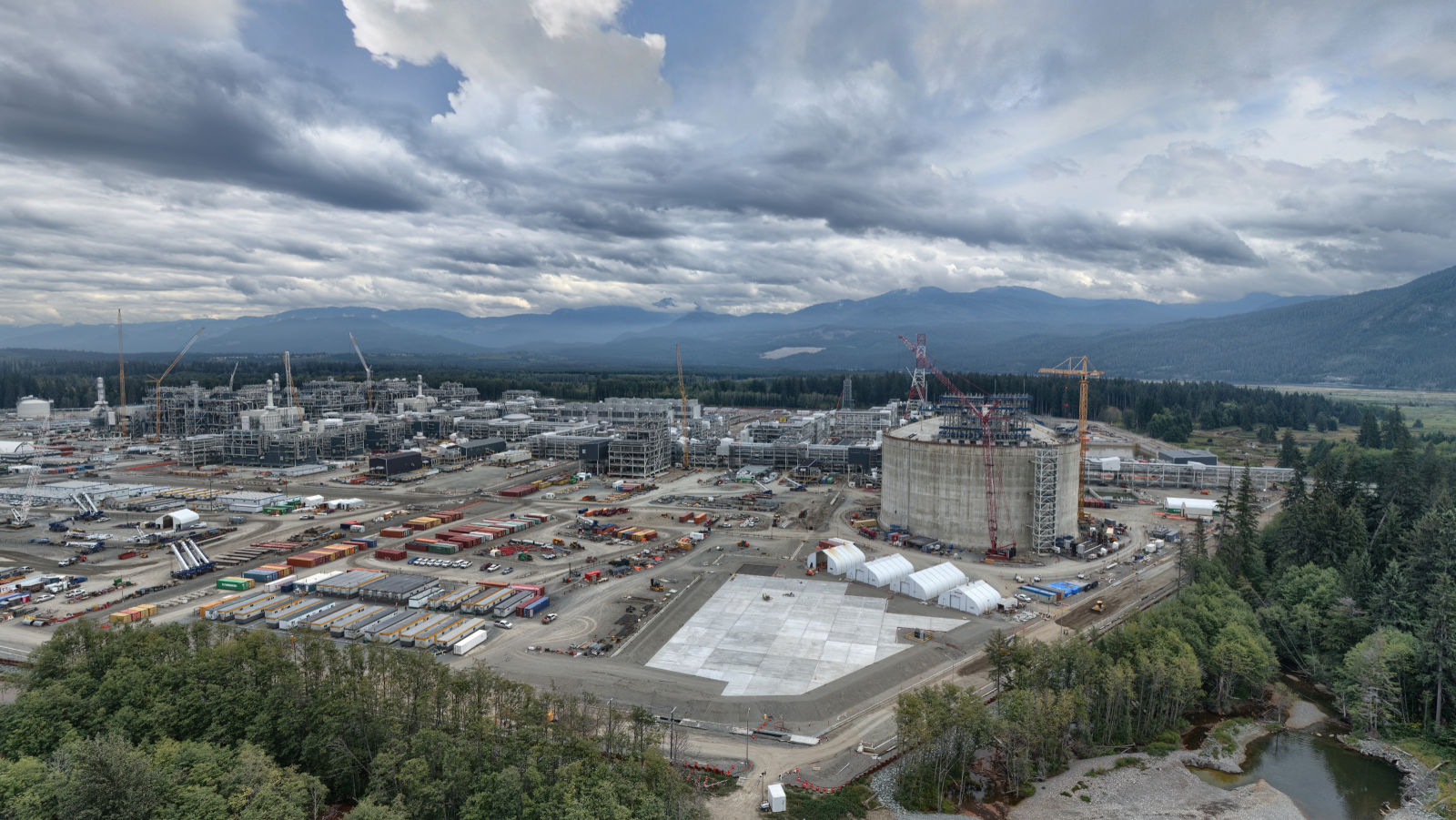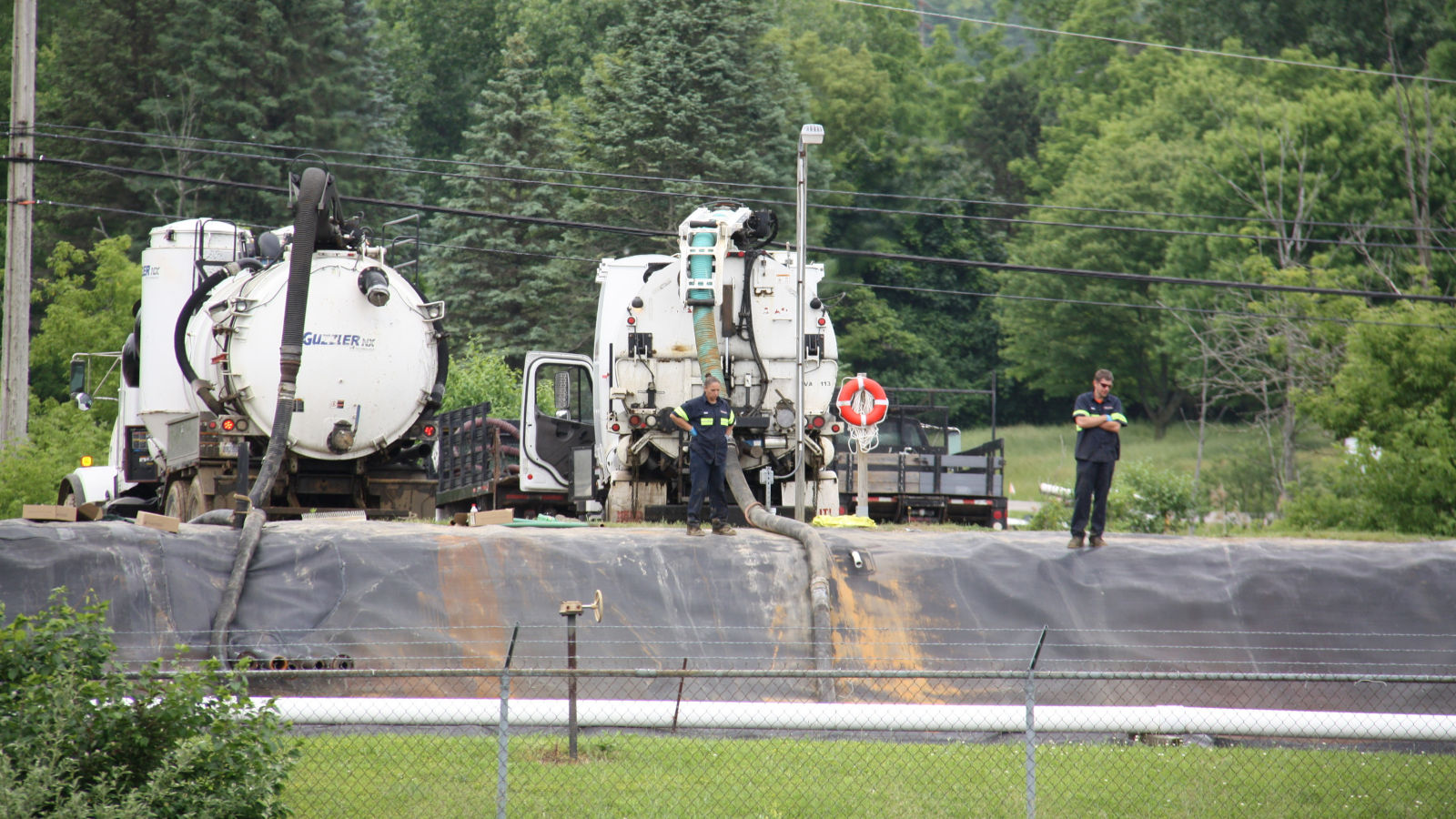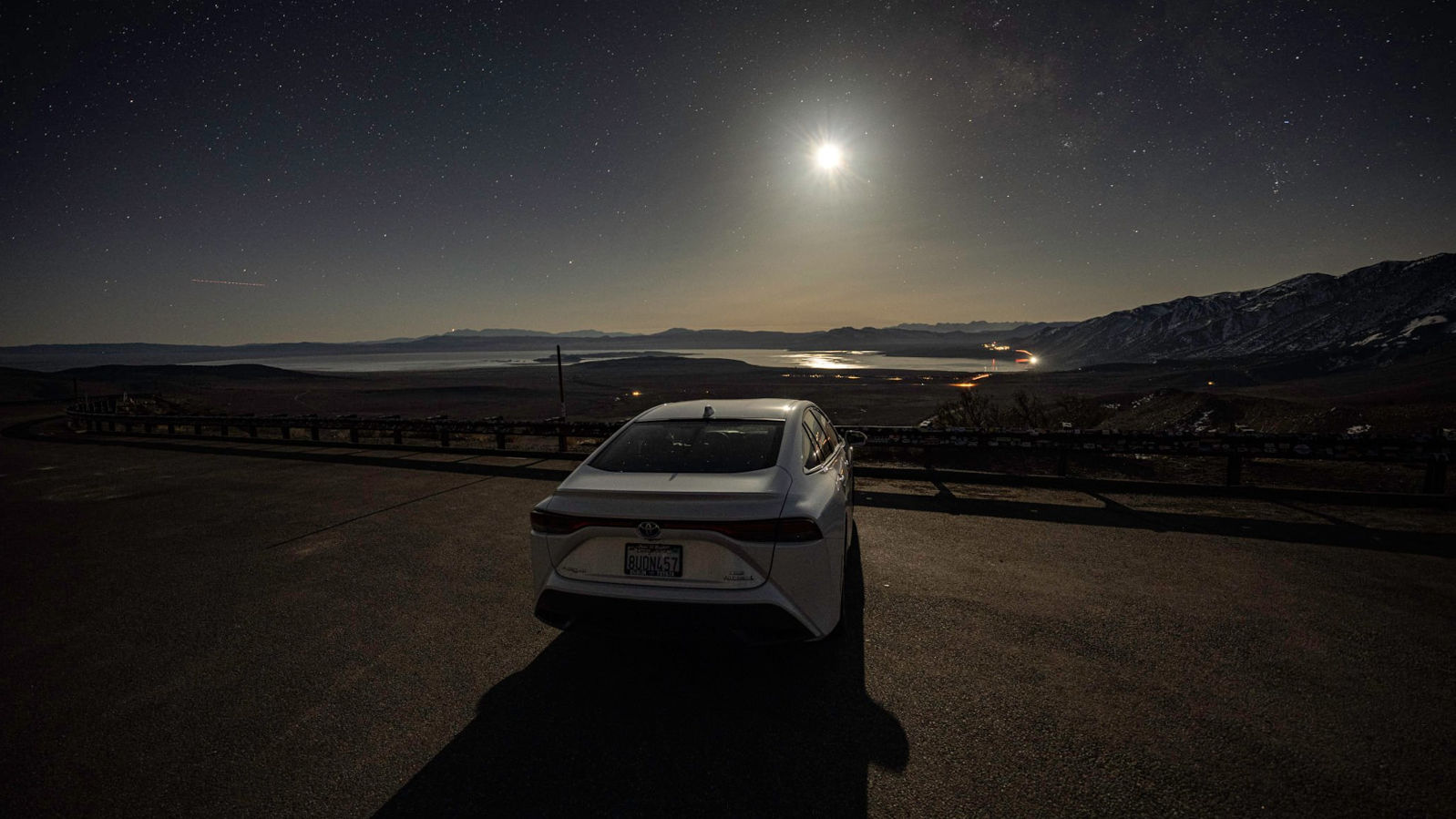Check Out Our Blog Posts:
-

RMP’s 3rd Generation Gelman 1,4 Dioxane Plume Map
-
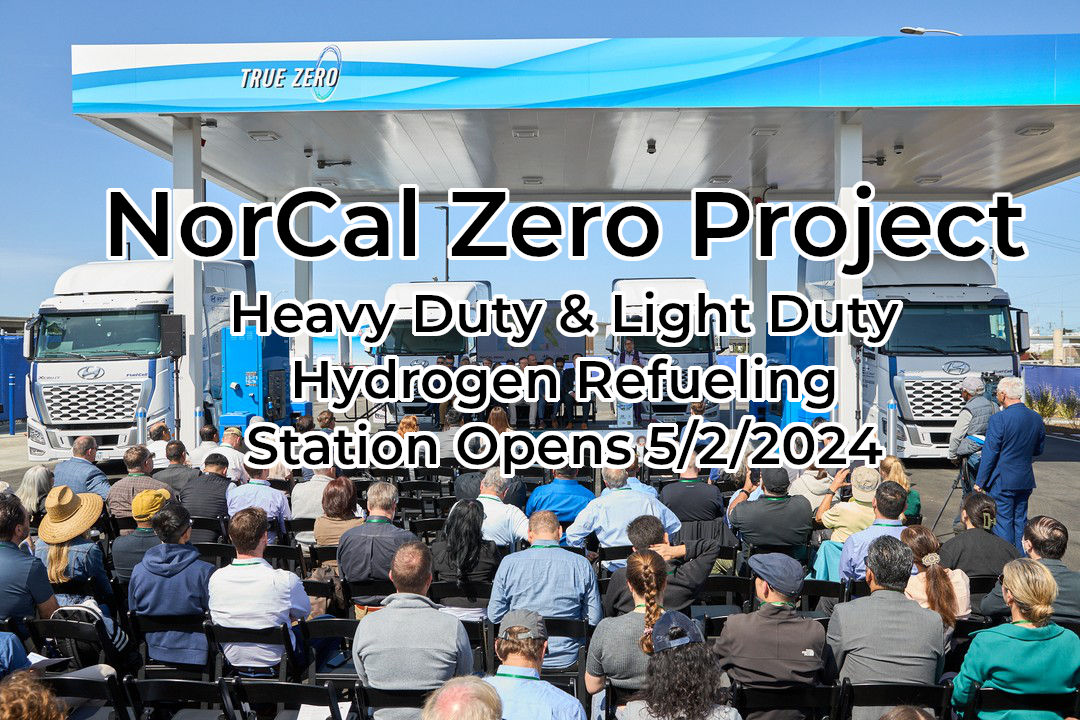
NorCal Zero Project
-

RMP’s Real Time Hydrogen Station Status Pages
-
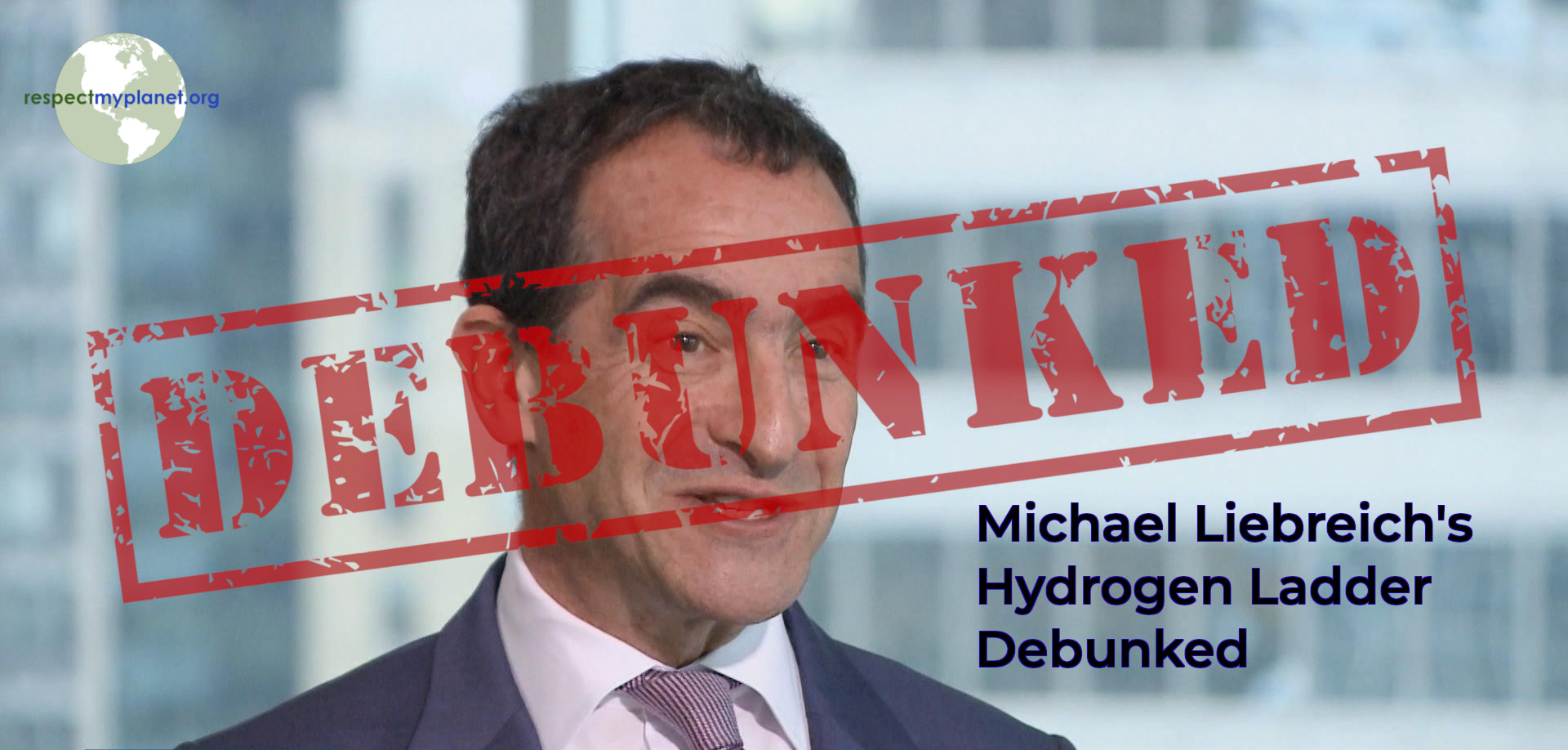
Michael Liebreich’s Hydrogen Ladder Debunked
-
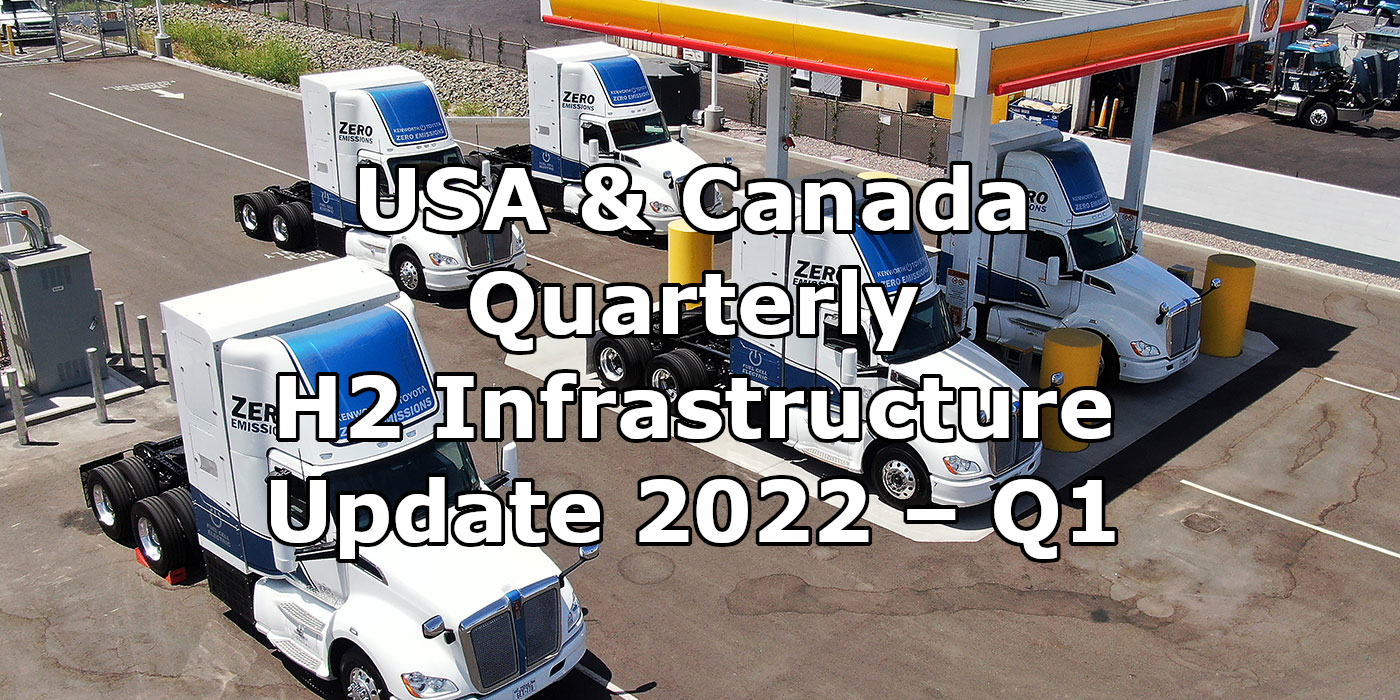
USA & CANADA QUARTERLY H2 INFRASTRUCTURE UPDATE 2022-Q1
-
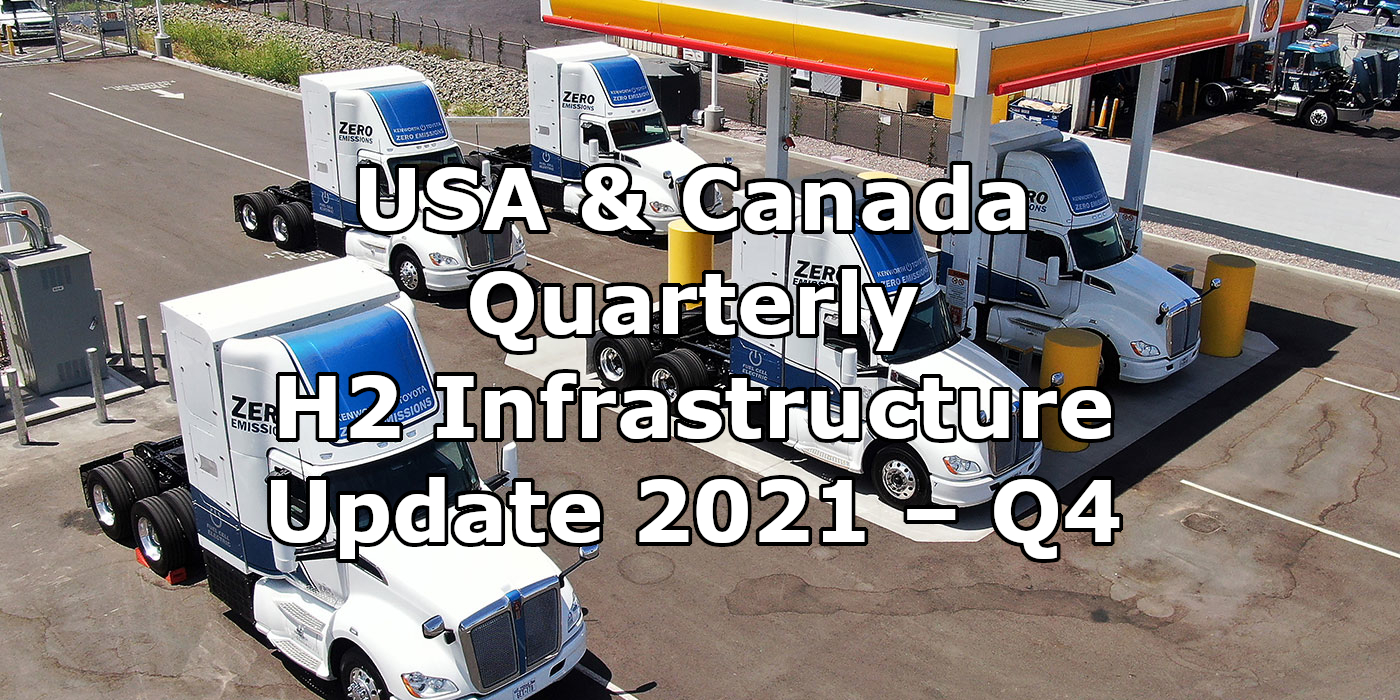
USA & CANADA QUARTERLY H2 INFRASTRUCTURE UPDATE 2021-Q4
-
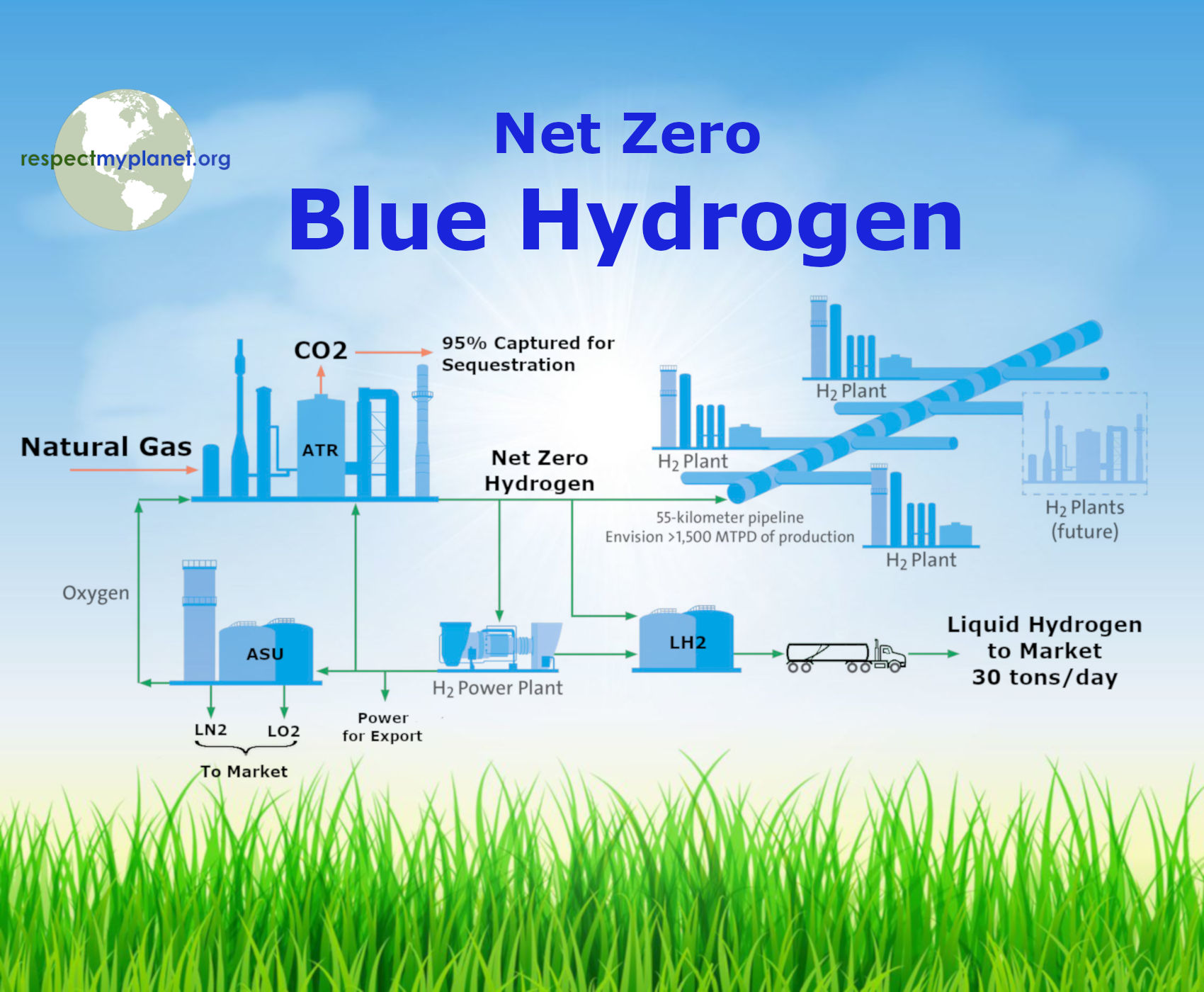
The Truth About Blue Hydrogen
-
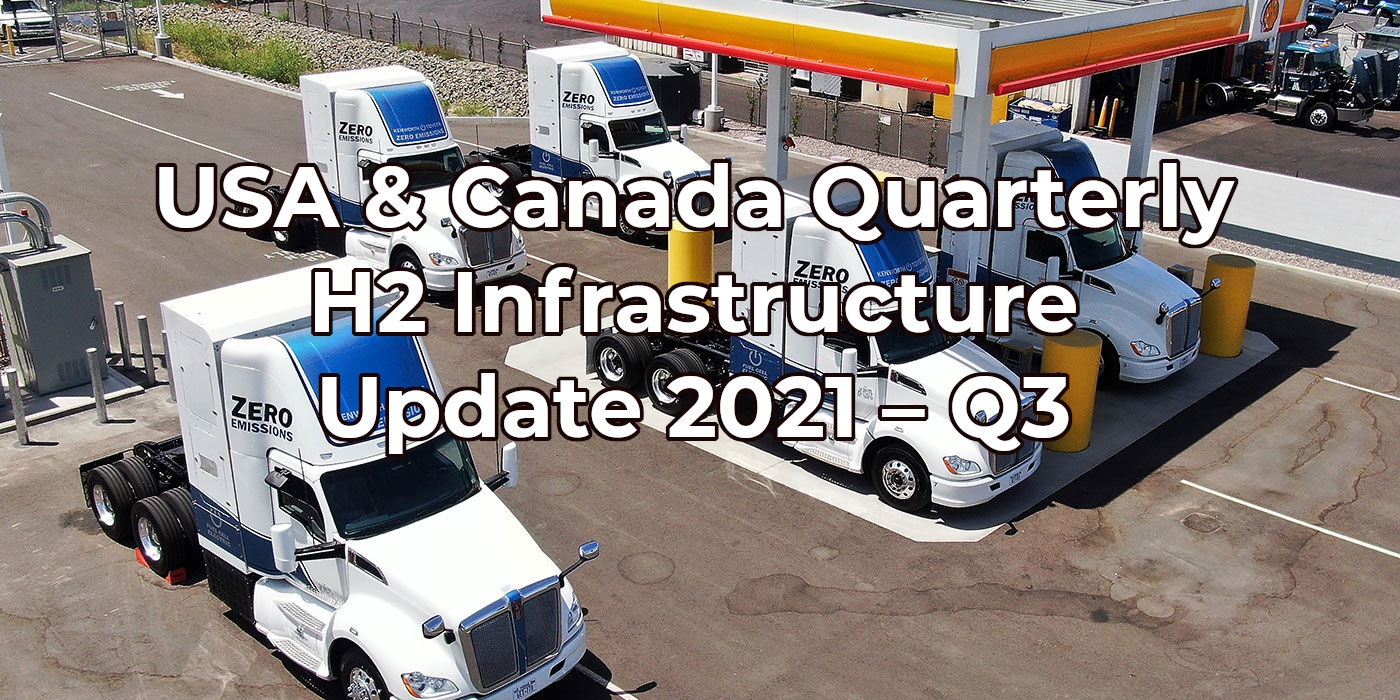
USA & CANADA QUARTERLY H2 INFRASTRUCTURE UPDATE 2021-Q3
-
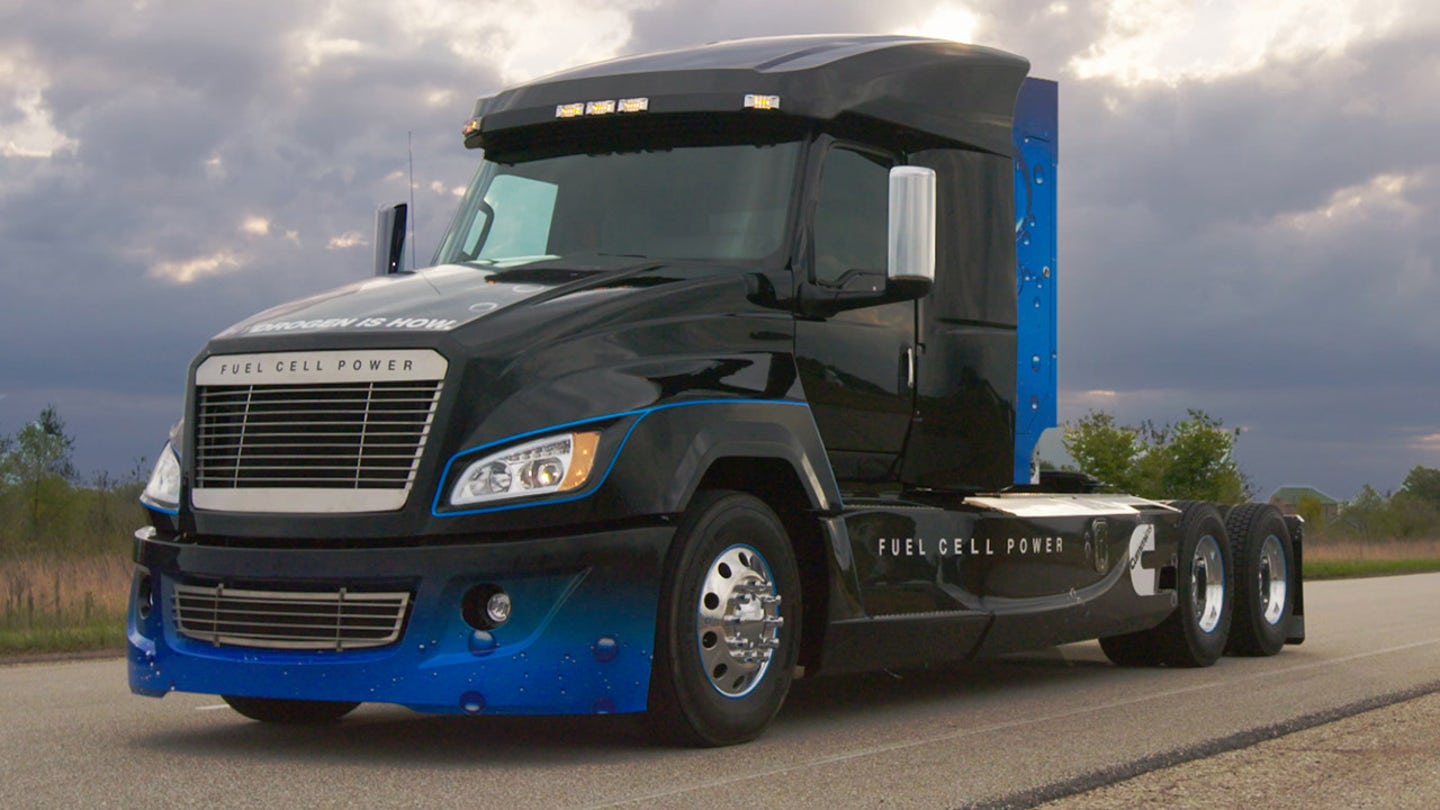
Air Products and Cummins to Accelerate Development and Deployment of Hydrogen Fuel Cell Trucks
-
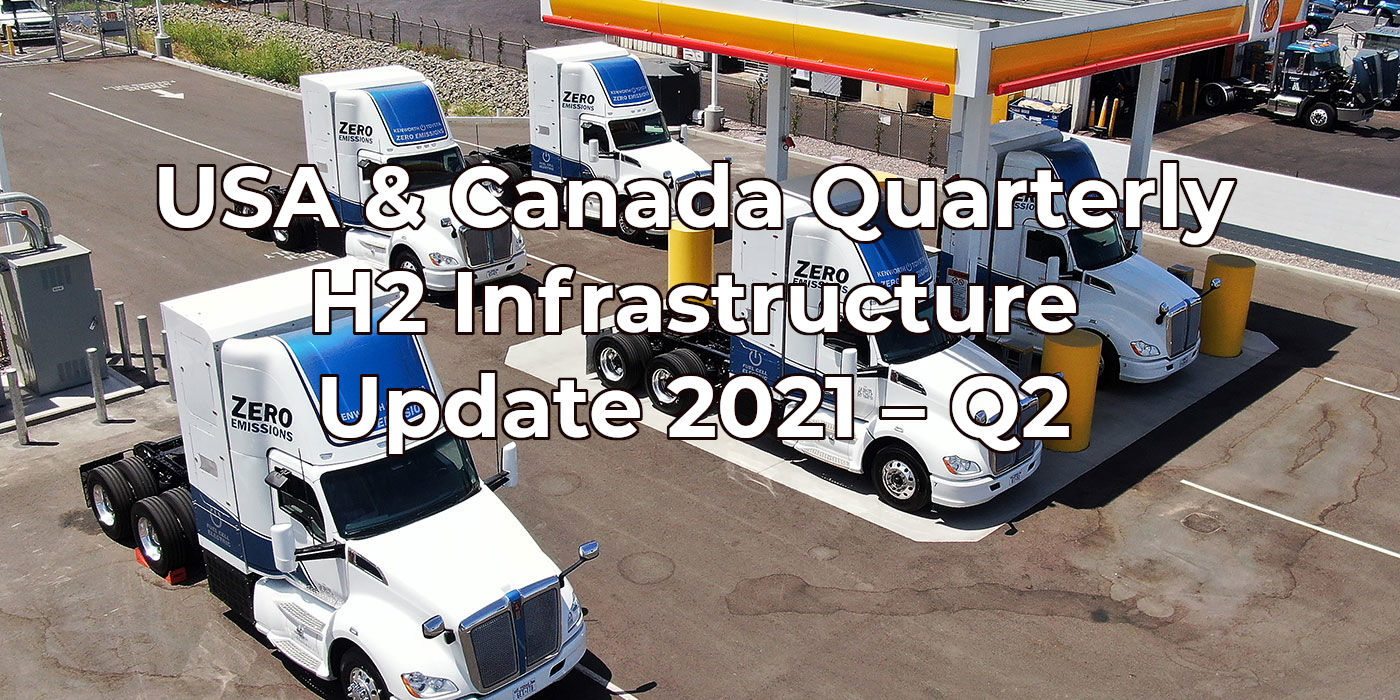
USA & CANADA QUARTERLY H2 INFRASTRUCTURE UPDATE 2021-Q2
-

Mitsubishi Power Americas & Texas Brine Company Agree To Develop Long Duration Hydrogen Storage
-
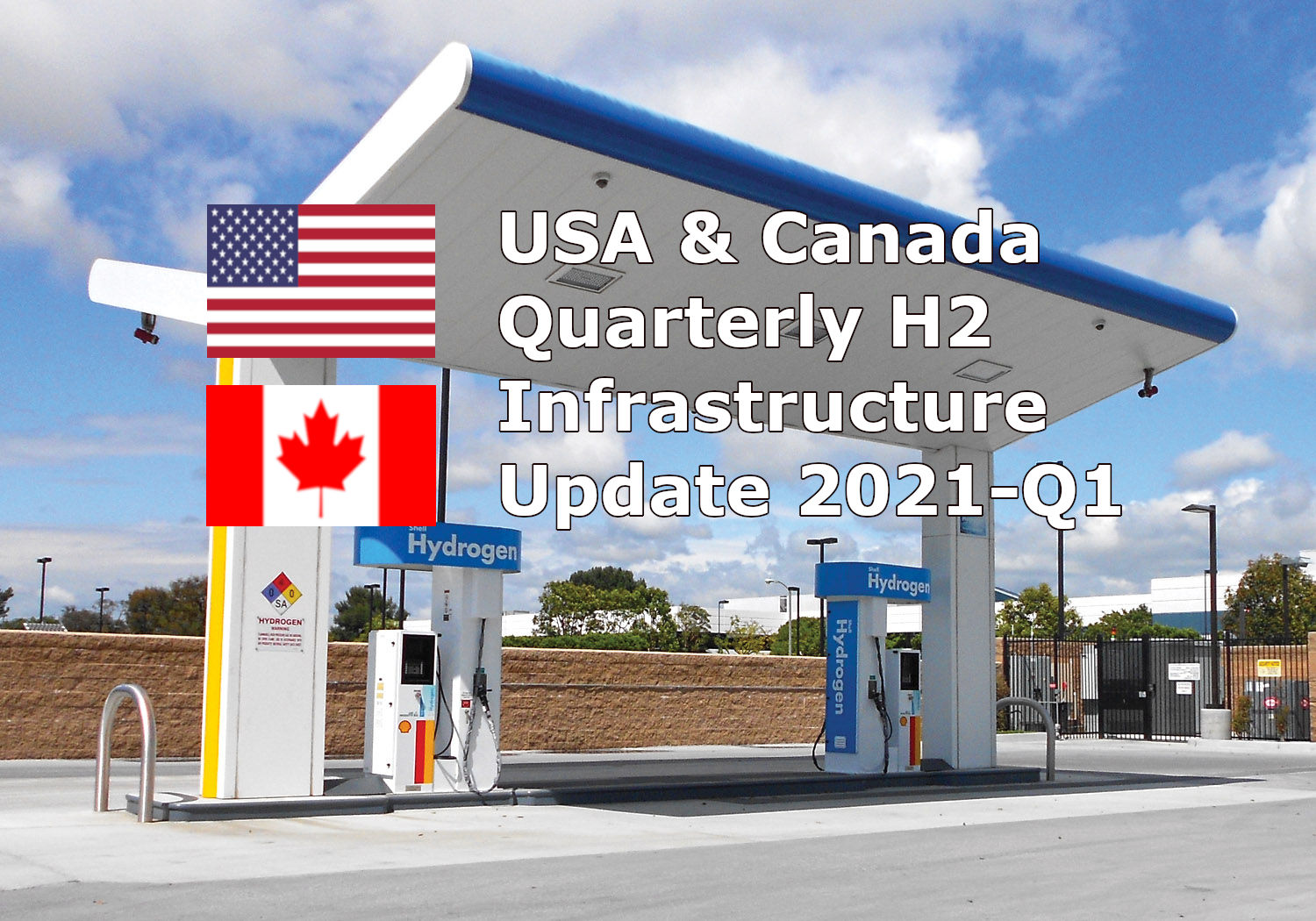
USA & CANADA QUARTERLY H2 INFRASTRUCTURE UPDATE 2021-Q1
